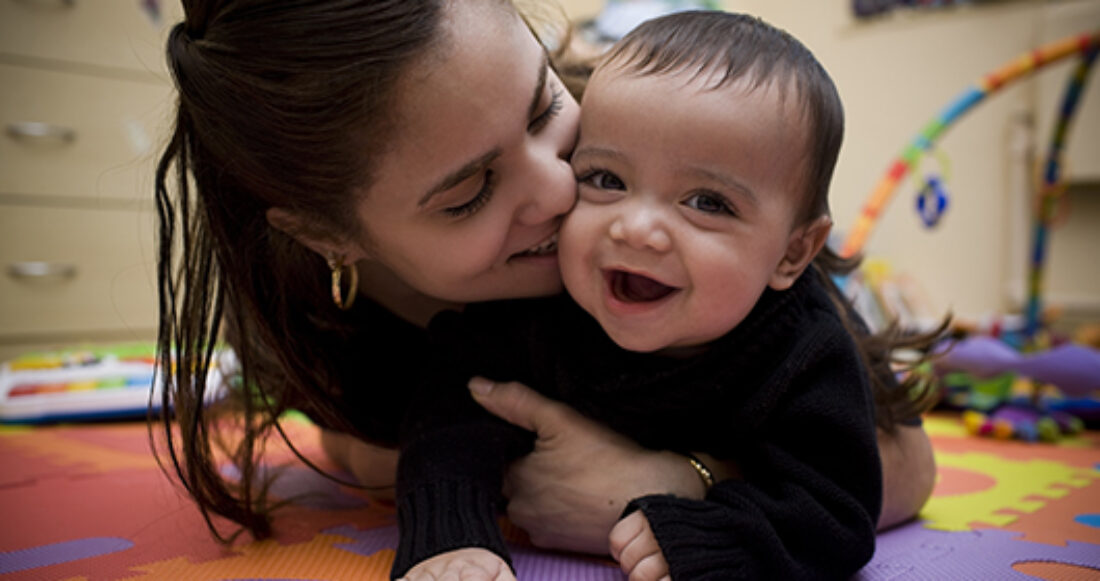Five Questions with Casey: Bonnie Howard and the Power of Partnerships

 As director of national partnerships, Bonnie Howard oversees investments and relationships with organizations that help the Casey Foundation make a bigger difference in the lives of kids and families. This includes Casey’s national policy partners, a group of bipartisan organizations representing more than 50,000 elected and appointed officials, and our national civic partners, some of the largest, most influential organizations in the nonprofit sector.
As director of national partnerships, Bonnie Howard oversees investments and relationships with organizations that help the Casey Foundation make a bigger difference in the lives of kids and families. This includes Casey’s national policy partners, a group of bipartisan organizations representing more than 50,000 elected and appointed officials, and our national civic partners, some of the largest, most influential organizations in the nonprofit sector.
After joining Casey in 2002, Howard initially worked to create access to economic opportunities for families living in tough neighborhoods. She began managing the Foundation’s key partnerships in 2010. Howard holds a bachelor’s degree in speech pathology and audiology from Howard University and a master’s degree in education policy, planning and administration from Boston University.
Q1. Is Casey unique in its partnership work?
In philanthropy, partnerships are not unique. Some of our partners are new to working with foundations, but a lot of them have corporate sponsors. Everyone realizes that the work of helping kids and families is bigger than any of us can accomplish alone. It is important to bring in people who have knowledge and expertise that we lack as an organization so that everyone is bringing something to the table. Over the past several years, with everyone’s endowment reduced by the recession, partnerships have become even more critical to the work we do, and they make it more robust. The kinds of issues that we are working on are entrenched problems, such as poverty, that you can’t buy your way out of, much less tackle alone.
Q2. Why is having a partnership strategy important?
Entering into specific kinds of partnerships is a conscious decision for us at Casey. It is important for us to form long-term relationships with organizations that we hope will be responsive to the issues we care about to amplify our impact. These partners, through their respective networks, help provide us with the bully pulpit and clout that give our issues visibility and extend the reach of our solutions beyond what any of us can do on our own. They are credible messengers for the ideas we want others to take up.
Q3. How has Casey changed or modified its own work as a result of these partnerships?
When these partnerships were conceived, we thought of these organizations as a distribution channel for spreading key ideas and themes to their members and affiliates because they have such large networks. But over time, we have come to value them much more as learning partners. Many of these groups are on the front lines, so we can learn a lot from them. For example, we have sought input from specific partners before, during and after launching a major report on a specific topic that relates to their work. We also make site visits to learn more about their innovative projects on issues such as workforce development, education or two-generation strategies. Partnerships have been extremely valuable in informing our thinking and bringing concepts to scale.
Q4. What makes an organization a candidate for a Casey partnership?
It’s all about making the megaphone louder and moving an agenda. We have partners who are aligned, persuadable or even in conflict with some aspects of our mission. We have to figure out ways to talk with and influence people who have the power to extend our influence. For example, ensuring that all kids can read proficiently by the end of the third grade is something that groups such as the United States Conference of Mayors, the National League of Cities, United Way and the YMCA can rally around. These partnerships give us a venue to help build support for this issue and incorporate practices and messages that complement our mission.
Q5. How are these partnerships making a difference for children and families?
The stronger our civic and policy partnerships are, the more they catalyze organizations and leaders around the country to embrace our ideas, put them into action and bring them to scale. This means more policies and programs that help children and families thrive, from preventing summer learning loss, to job training and placement for parents, to support for incarcerated mothers. We measure the effectiveness of our partnerships by greater promotion of Casey priorities, the passage of legislation and appropriation of dollars in support of low-income families, the proliferation of programs proven to help children succeed and the spread of products that capture and share best practices.





